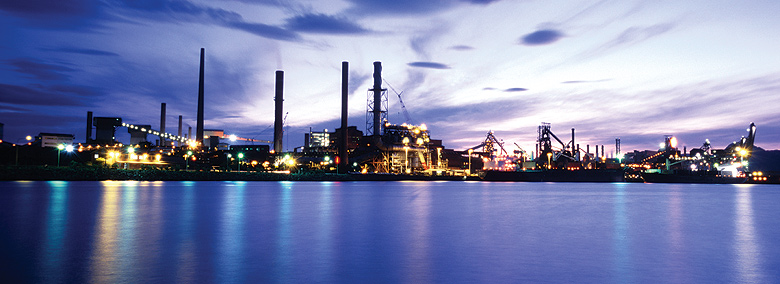Enterprise bargaining is the only way that workers and their unions can legally seek wage increases. Since the system was first introduced by a federal Labor government in 1993, it has achieved its deliberate, but unstated, aim of lowering aggregate wages and increasing profits.
BlueScope
More than 1000 people rallied in Wollongong on September 19 to demand the federal government take action to save jobs at the Port Kembla steelworks.
Bluescope has announced it aims to cut $200 million from its operating budget and intends to sack 500 workers in the short term, with a possibility that thousands more jobs will go in the future.
This is despite BlueScope posting a $134 million profit for the last financial year.
Unions have launched a campaign to save the steelworks and emergency talks have been held between government ministers, unions and Bluescope management.
 BlueScope Steel announced a full-year profit of $136.3 million on August 24. This is an improvement on last year’s loss of $83 million, but not by much compared to past profits.
The results were released on the day the Australian share market suffered its worst fall since the global financial crisis, yet BlueScope’s share price went up by almost 9%.
BlueScope Steel announced a full-year profit of $136.3 million on August 24. This is an improvement on last year’s loss of $83 million, but not by much compared to past profits.
The results were released on the day the Australian share market suffered its worst fall since the global financial crisis, yet BlueScope’s share price went up by almost 9%.
More than a decade ago, BHP Billiton demerged its steelmaking facilities from its then highly profitable minerals and energy division.
The two steel plants in Port Kembla and Whyalla, which were formerly part of an integrated company that produced the iron ore and the coking coal for steelmaking, became stand-alone steelmakers at a time when China became a serious competitive threat.
Its Port Kembla and Whyalla operations were also separated from each other, becoming BlueScope in Port Kembla and One Steel (now Arrium) in Whyalla.


